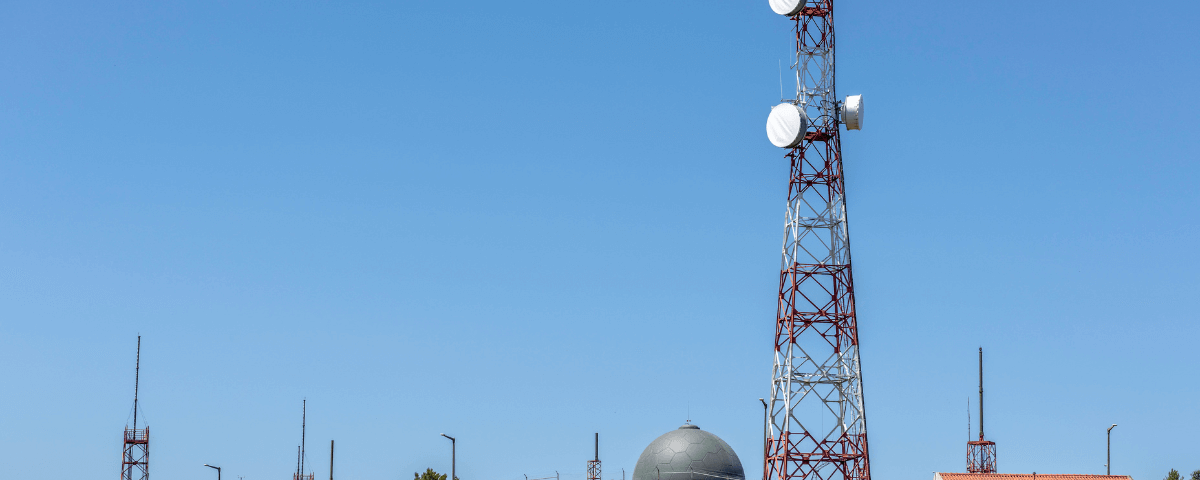The federal government will continue its commitment to improving Australia’s mobile coverage through the Better Connectivity Plan following the recent release of the Telecommunications Industry Ombudsman’s (TIO) Annual Report.
The report shows that while the total number of complaints received by the TIO decreased considerably, complaints about mobile services have increased from 32.7 per cent in 2020-21 to 39.7 per cent in 2021-22.
This increase occurred as poor mobile coverage complaints increased by 6.3 per cent over the reporting period. Complaints about mobile coverage featured most strongly in data from Queensland, South Australia, Tasmania and Western Australia.
The results reinforce the need for mobile network operators to do more to improve mobile coverage, deal with customer complaints more effectively, and ensure that their public coverage maps are realistic and accurate.
“In 2022, access to reliable mobile coverage isn’t a luxury – it’s essential for Australians to remain connected and for businesses to serve their customers,” Minister for Communications Michelle Rowland said.
The federal government’s Better Connectivity Plan will also play its part in meeting strong consumer interest in reliable mobile services across the country – particularly in regional, rural and remote areas.
Learn how you can improve your corporate communication strategies by joining us in:

“Our Better Connectivity Plan is a priority for the Albanese Government. Our Plan will make serious inroads to improving mobile coverage, not just through the delivery of local projects, but also through the independent national audit of mobile coverage to allow the Government, telcos, and industry to make high-impact investment decisions,” Minister Rowland said.
The Plan includes $400 million in funding to boost mobile coverage on regional roads and improved mobile coverage in rural and remote communities that are currently underserved.
Aside from this, the federal government also committed $200 million toward place-based connectivity projects for regional and rural areas.
The Government will extend the Regional Tech Hub, a platform serving as a trusted source of free and independent advice for regional Australians on technology, and has committed to an independent audit of mobile coverage to better identify black spots and guide investment priorities.
The Albanese Government is also giving the industry continuity and certainty by continuing the roll-out of projects through programs like the Mobile Black Spot Program and Regional Connectivity Program, which are addressing coverage gaps and digital connectivity nationwide.
“I’ll keep working with local communities, telcos, and industry to understand coverage barriers having detrimental impacts on Australians to find practical solutions that improve their quality of life,” Minister Rowland said.
This post was originally published in Public Spectrum.





























